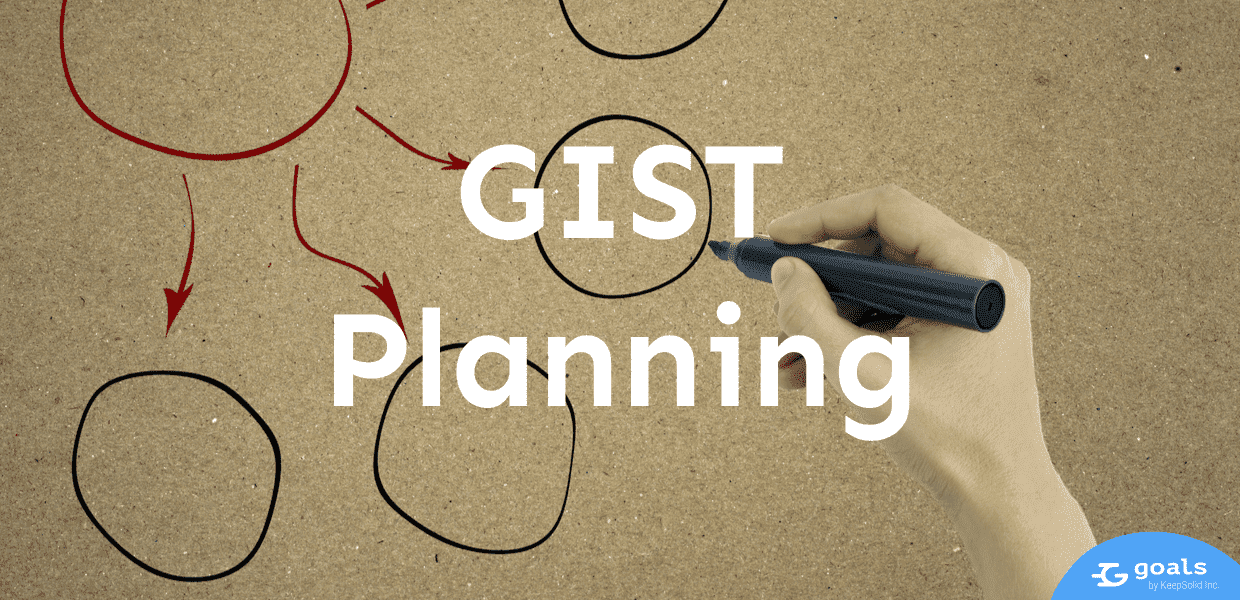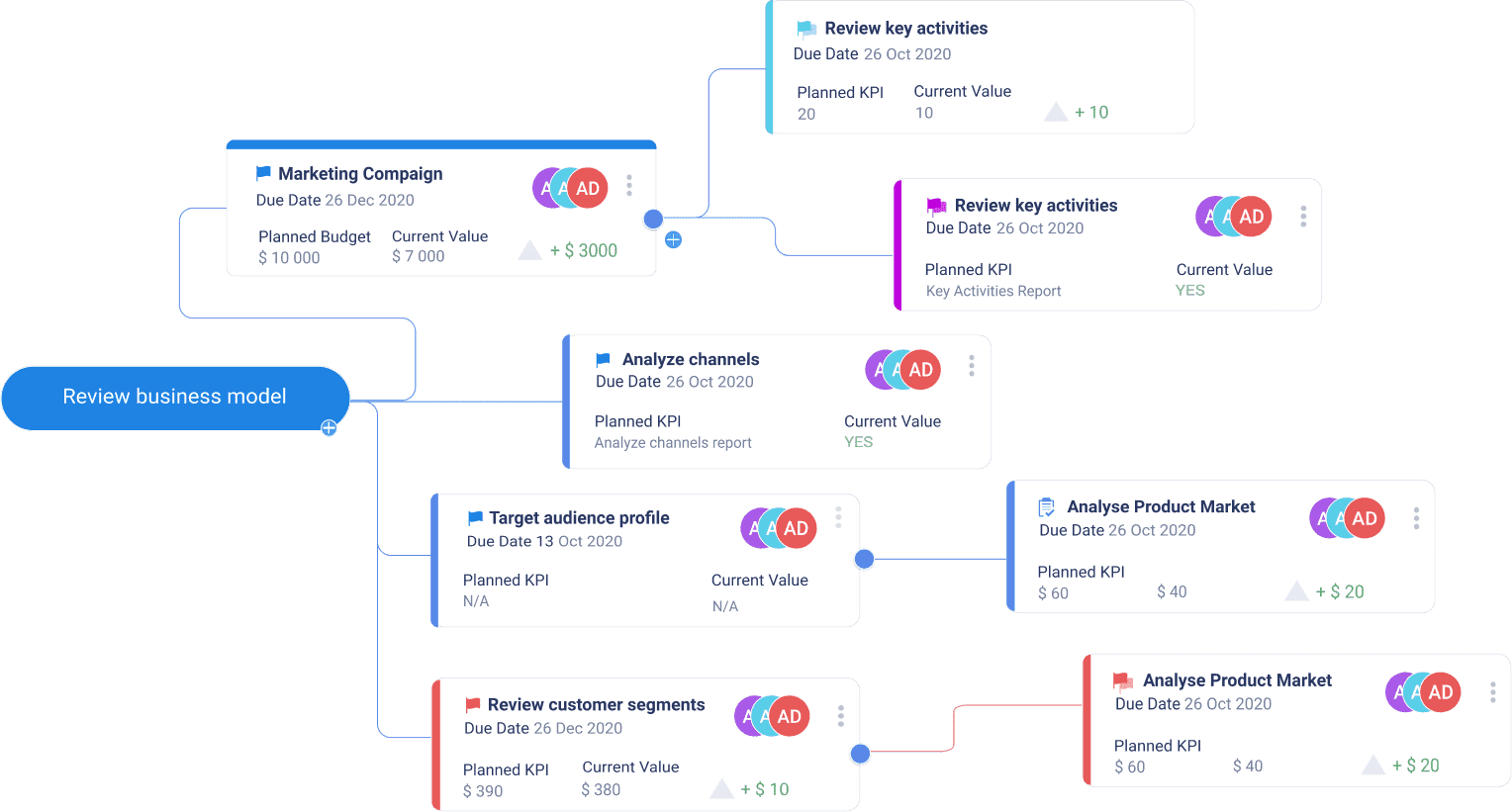What is GIST Planning?
GIST is a lightweight planning framework developed by Itamar Gilad at Google that aims at reducing management overhead, increasing velocity, and producing better products. GIST is designed to build projects and solutions with the company’s objectives in mind.

The approach is called so after its four building blocks: Goals, Ideas, Step-projects, and Tasks, each of them having a different planning horizon, different tooling, and different flexibility.
GIST components
Goals
Goals represent the company’s strategy in terms of desired outcomes: what it aspires to achieve, where, when, and how. In other words, goals are the high-level objectives that provide the rationale for every action. One of the most popular ways to express corporate goals is to use OKRs (Objectives and Key Results) that allow measuring the performance and track all achievements and failures.
Ideas
Ideas represent hypothetical ways to achieve the goals. Since every idea is merely a hypothesis, they all are created equal, collected in a shared idea database or a spreadsheet, prioritized and ranked to be tested in order of priority.
Step-projects
Instead of wasting time and resources on pursuing an untested idea, the GIST framework breaks a project into several smaller step-projects, such as design – prototype – MVP – beta – release, and executes them sequentially. Each step-project takes no more than 10 weeks, which allows it to avoid the bigger investments associated with longer projects and helps experiment and test more ideas in parallel while being on the same stage.
Tasks
As the last stage, each step-project is broken down to more granular activities, known as Tasks. Tasks in GIST are similar to other Agile frameworks, and the only difference is that all layers above are also made agile.
GIST Planning Cycle
As in every Agile framework, GIST planning is an iterative process:
- Long-term goals are set at the beginning of the year for one or more years and reviewed and adjusted every quarter.
- Ideas are continuously collected and ranked.
- Step-projects are set at the beginning of the quarter, when the team selects the goals they want to pursue and ideas they want to test. The list of step-projects is re-evaluated every 1–2 weeks.
- Tasks are planned in 1–2 week iterations by the team and adjusted daily.
Key principles of GIST
- Ideation, planning and execution occur simultaneously rather than in separate stages.
- The development process is determined by the goals rather than solutions.
- Product backlogs are replaced with idea databases/spreadsheets.
- Long-term projects are split into short sub-quarter step-projects.
- All ideas are tested quickly and the optimal one is selected for further elaboration.
- All levels of planning are iteratively and systematically reviewed to keep the team agile.
GIST benefits
The GIST framework is not ground-breaking, but it has clear benefits:
- Goal-driven development ensures that all projects move forward a company's strategic goal, therefore, every project is aligned with bigger-picture objectives.
- Continual evaluation and acceptance and ideas make sure that good ideas are not lost only because they come up at the wrong time.
- Ongoing experimentation frees the organization or a team from being locked in a long-term project with no clear merit.
Essentially, GIST planning is about avoiding rigid plans and favoring testing of multiple ideas in the course of experimentation.



